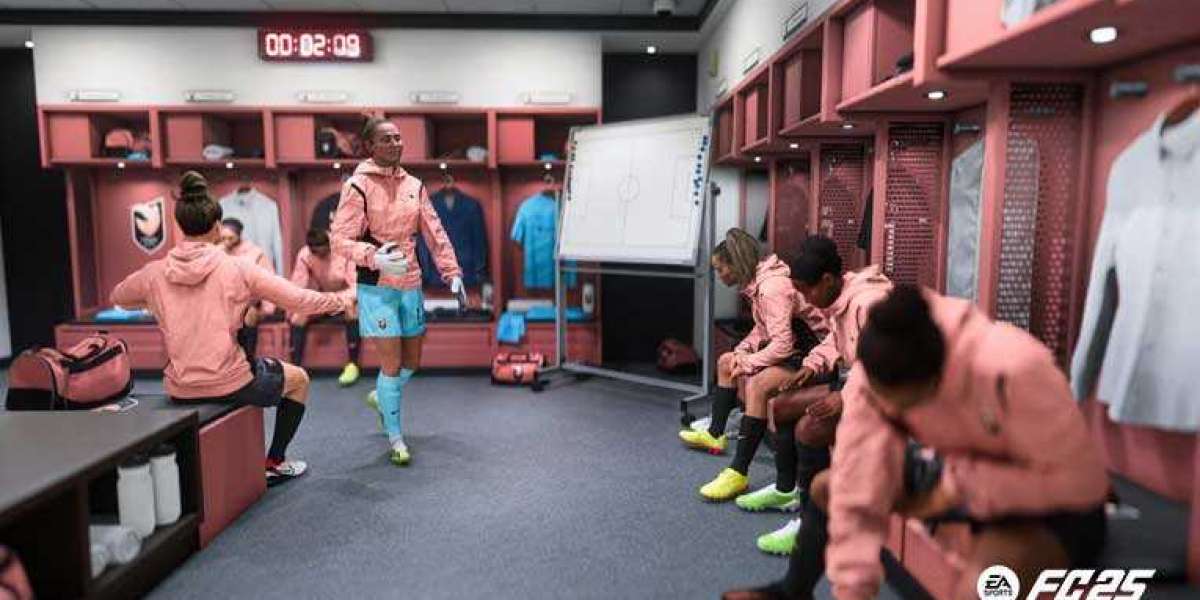Straight ladders consist of several key components designed to provide safe and efficient vertical access. Understanding the anatomy of these ladders is essential for proper use and maintenance.
The main components of a straight ladder include the rails, rungs, feet, and hardware. The rails, typically made of aluminum or fiberglass, form the vertical sides of the ladder and provide support and stability. The rungs are horizontal steps or bars that connect the rails, providing footholds for climbing.
Feet or base caps are attached to the bottom of the ladder rails to prevent slipping and provide traction on various surfaces. Some straight ladders feature non-slip rubber feet, while others may have spurs or spikes for stability on soft ground.
Hardware such as bolts, nuts, and rivets secure the components of the ladder together, ensuring structural integrity and stability during use. Regular inspection and maintenance of ladder hardware are essential to prevent accidents caused by loose or damaged components.
Additionally, straight ladders may include safety features such as top caps or guards to protect the user from injury while climbing. These safety features help prevent accidental falls and provide added confidence and peace of mind when working at heights.








